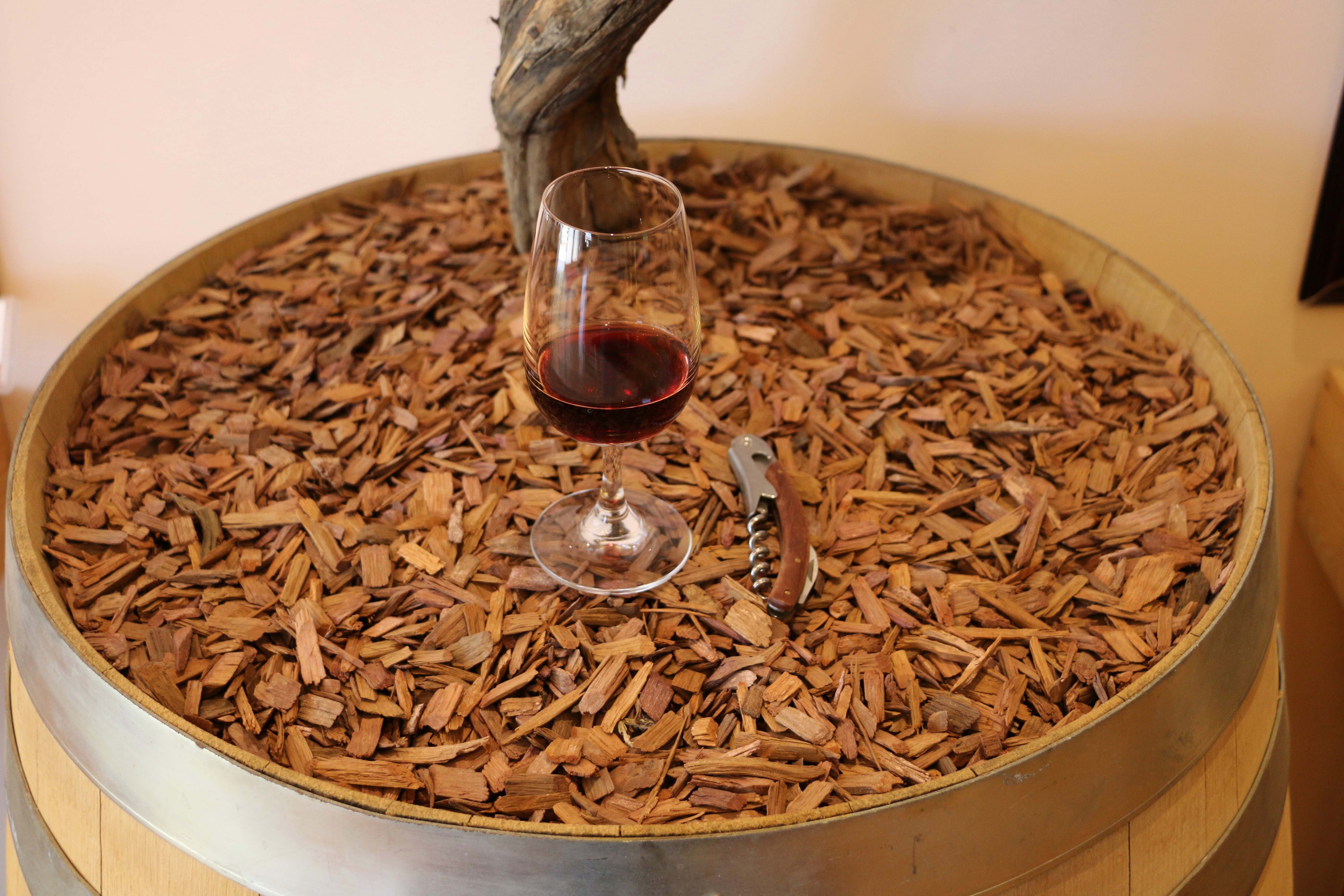Proper management of oxygen exposure remains challenging for the modern wine industry.
The influence of oxygen on the sensory characteristics of red wine has been long known, since Louis Pasteur observed that, by exposing red wine to air, the astringent character of young red wine was softened, and the bouquet improved. Nowadays, it is generally accepted that a moderate exposure to oxygen can be beneficial for the overall sensory quality of the wines. Insufficient oxygen can prevent softening of mouthfeel characters and favours excessive accumulation of reductive aroma compounds such as hydrogen sulphide and mercaptans, which can be highly detrimental to wine aroma quality. At the same time, excessive exposure to oxygen can cause oxidative spoilage of the wine, with irreversible loss of fruity and floral varietal aromas. Due to this complex response, proper management of oxygen exposure in the winery remains challenging for the modern wine industry, also in consideration to the intrinsic variability of wine characteristics in relation to origin of grapes, vintage, terroir, and winemaking variables.
In consideration of such variability, the main question that winemakers are facing is how much oxygen a wine needs to achieve optimal expression of its sensory potential without showing reduction or oxidation faults. Between production and consumption, wines spend a considerable portion of their life in bottle, particularly in the case of red wine. Therefore, the selection of appropriate packaging solutions is a crucial aspect of wine quality. In particular, as the different closures available on the market have different oxygen barrier properties (a parameter commonly referred to as OTR), selection of closures with the appropriate OTR become a crucial tool for achieving optimal oxygen exposure. Depending on the materials and technology adopted to produce the closure, OTR can vary to a large extent. Screw cap closures generally offer very low OTRs, due to the minimum amount of oxygen permeating through the liner.
Tin-Saranliner have been reported to have an OTR of 0.03 ±0.03mg O2/year (Crochière 2007), while values are slightly higher (but also more inconsistent) in the case of Saranex liners (0.7 ± 0.7mg O2/year) (Crochière 2007). This range of OTR currently available in screw cap liners is therefore relatively limited. Microagglomerated closures are also reported to have relatively low OTR (Lopes et al. 2007), although permeability can vary depending on the producer, and most producers do not give a specific value or have a range of OTR. Therefore, although there is a general tendency to assume similar performances for all closures in this category, some key characteristics can actually vary significantly among different producers. Likewise, the characteristics of synthetic closures can vary depending on the technology of production. Injection molding offers limited possibilities to adjust OTR, while co-extrusion, allows to obtain a broad range of defined OTR, providing winemakers with OTR values that can fit the specific needs of each wine. Conversely, natural cork can have extremely variable OTR, due to the intrinsic structural variability of cork itself (Godden et al. 2001). Measures (Lopes et al. 2005 and 2006) under conditions of humidity simulating those occurring in a wine bottle indicate values between 0.05-3.35 mg of oxygen per year even for a very limited sample size. While this variation appears to be extremely large and possibly linked to specific bottling conditions, most authors have reported large variation in OTR for natural closures (Godden et al. 2005, Limmer 2006). At present, it is not possible to put on the market natural cork closures with defined OTR.
In conclusion, understanding the influence of OTR on wine sensory quality allows to deliver wines which will reflect, upon consumption, the intention of the winemaker. Availability of a range of OTRs values, as well as consistency of those values across different batches, are key factors to successful implementation of oxygen management strategies focused on closure selection.
www.BruniErben.co.uk | 07805 081677 | Mark.Crumpton@BruniErben.co.uk




